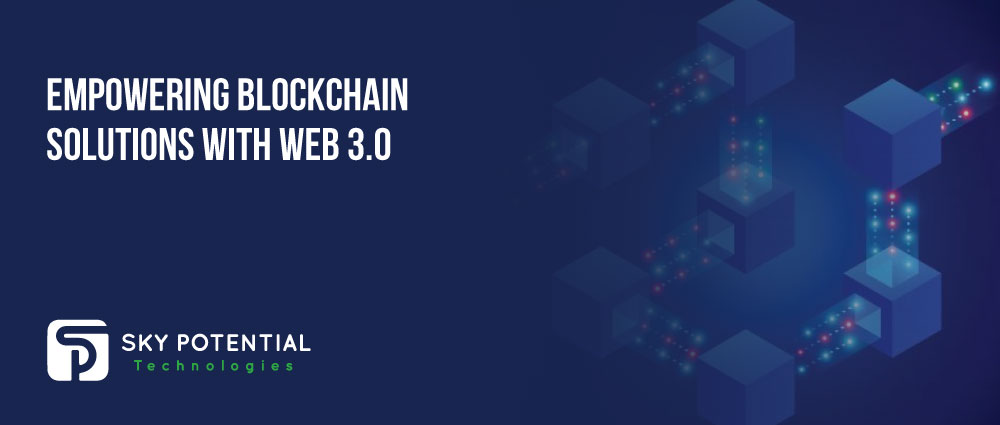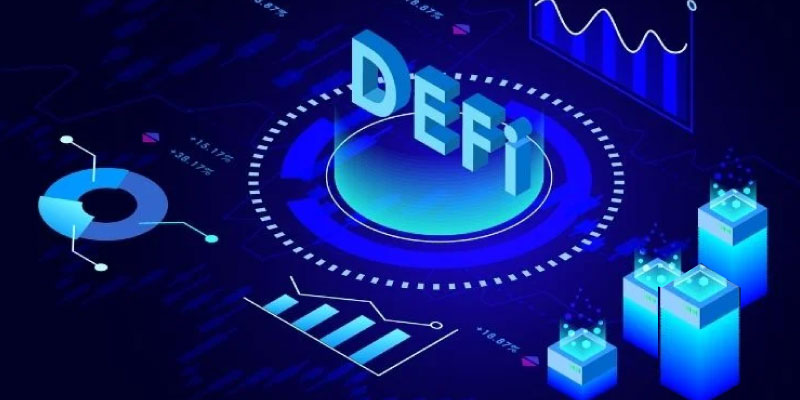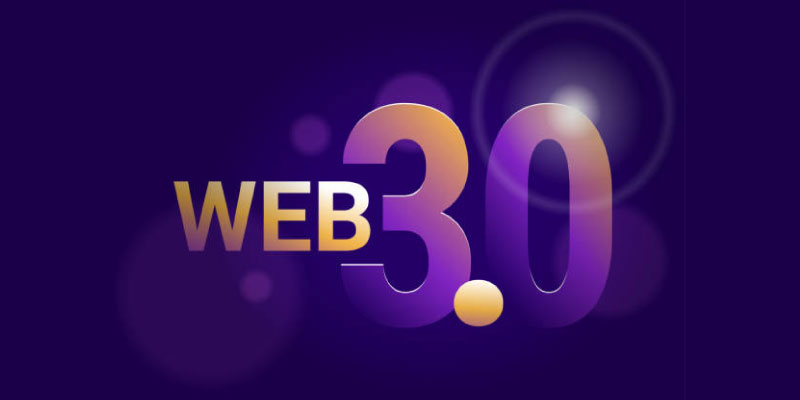- AI

Artificial Intelligence

Smart Products & Services
We follow Smart Products & Services

Intelligent Business Functions & Processes
We follow Intelligent Business Functions & Processes

Robotic Process Automation
We follow Robotic Process Automation

Personalized
healthcareWe follow Personalized healthcare

Identifying at-risk patients
We follow Identifying at-risk patients

Optimized routing and scheduling
We follow Optimized routing and scheduling
- ML

Machine Learning

Predictive
AnalyticsWe follow Predictive Analytics

Service Personalization
We follow Service Personalization

NLP
We follow NLP (Natural Language Processing)

Stock Market Forecasting
We follow Stock Market Forecasting

Fraud Prevention
We follow Fraud Prevention

Recommender engines
We follow Recommender engines
- blockchain

Blockchain

Public Blockchain
We follow Public Blockchain

Private Blockchain
We follow Private Blockchain

DEFI
We follow DEFI Blockchain

Initial stake pool offering development
We follow initial stake pool offering development
- IOT

Internet of Things
- AR
- Business Solutions

Business Solution

Business Performance Management
We follow Business Performance Management

Decision Making & Big Data Analytics
We follow Decision Making & Big Data Analytics

Enterprise Data Management
We follow Enterprise Data Management
- Apps

Apps

Native Apps
We follow Native Apps

Cross Platform Apps
We follow Cross Platform Apps

Web Apps
We follow Web Apps

Hybrid Apps
We follow Hybrid Apps

Cloud Native Apps
We follow Cloud Native Apps
- Lab

Empowering Blockchain Solutions with Web 3.0
The technological evolution has led to more research and experimentation of next-generation technologies, leading to advanced business processes to mitigate emerging problems. Blockchain solutions are one of the many other modern solutions that work to make everyone’s life easier by ensuring transparency, efficiency, effectiveness, scalability, and automation. People and businesses used to follow a traditional centralized structure where a group of people or individuals used to control and direct others leading to more conflicts. Web 1.0 and backs are the perfect example of such centralized structures handled by companies or government bodies.
When talking about blockchain solutions, it becomes essential to remember they get categorized in centralized and decentralized structures leading to the seamless exchange of Cryptocurrencies. The current Web 2.0 is the best example of centralized platforms where mainly the main person controls the processes. The centralized crypto exchange through Web 2.0 limits the users from fully exploring the blockchain. Since there is a growing demand for blockchain and cryptocurrency exchange, it has become difficult to cater to everyone’s needs. But since the tech advancement, the centralized crypto exchange is being used less, with businesses asking for the integration of decentralized blockchain. This transformation of tech advancement in the transactional world will give a boom to Web 3.0.
The Future is Web 3.0 & Blockchain Solutions

Before we talk more about blockchain and cryptocurrency, it becomes crucial to understand Web 3.0 and how it works. Web 3.0 has taken over the traditional Web 1.0 and 2.0. The Web that was first known as the Semantic Web by Tim Berners-Lee was aimed to facilitate users with an autonomous, smart, and open internet where the data stored will follow a decentralized structure. The next-age solution, Web 3.0, is all about AI and semantic web bidding farewell to centralized systems that store data. Hence, leading to decentralized crypto exchange on a blockchain to compensate for the growing demand.
Web 3.0 will be the building block or the foundation of cryptocurrency and blockchain to enable a powerful tech and industry relationship with its decentralized protocols. The robust technology will automate smart contracts.
Blockchain and Decentralized Exchange

Blockchain platforms have increased in the last few years, with decentralized peer-to-peer exchange models providing unrestricted information access to everyone. The crypto exchange of tokens or assets leverages users with transparent, traceable, and immutable processes, eliminating third parties’ need to monitor the transactions. Users will have full ownership of the assets by controlling the digital wallet. Moreover, the decentralized blockchain solutions will automate smart contracts making the transaction process faster while improving its liquidity. The future web 3.0 will create value and boost innovation by providing a marketplace for crypto-assets to be issued, traded, and recorded securely, building a robust ecosystem supporting atomic swaps.
Blockchain and DeFi

Web 3.0 will change how companies will operate in the coming years by empowering microtransactions, censorship-resistant P2P data file storage, and sharing apps like Filecoin. DeFi is an example of Web 3.0 that is changing how financial institutes will operate in the future, moving everything online for leveraging interoperability, transparency, flexibility, and innovation while reducing transaction costs. Web 3.0 with a distributed ledger and blockchain will completely bid farewell to centralized crypto exchange and shape the modern finance structure enabling increased data storage, processing power, network efficiency, and seamless communication. Moreover, DeFi will serve companies with a borderless, auditable, and non-custodial trade of digital assets, loans, and insurance using blockchain crypto wallets. The permissionless and disintermediation structure will boost liquidity mining and open banking with smart contracts.
The Evolution of Web
Web 1.0

The Static Web or Web 1.0 was the first internet launched in the 90s that offered the users limited information with little user engagement. The traditional web practices were complex, making it difficult for users to find relevant information. Since the idea of algorithms was alien to humankind, surfing through the pages, creating user pages, and commenting on articles or pictures weren’t a thing. The only information found on the internet came from a few directories giving users little chance to explore the world. Hence, blockchain solutions were not implemented into business models to reap the best benefits.
Web 2.0

The Social Web, Web 2.0, or the Web that we use today is the most interactive Web that made the internet much faster by integrating advanced technologies and systems like HTML5, JavaScript, C++, etc. The current era has leveraged people worldwide with relevant and quick information to explore, compare, experiment, and deploy effectively. Moreover, it has increased customer engagement through multiple web platforms like Facebook, Instagram, YouTube, Wikipedia, etc. The content generated now is more reliable, with high-end information shared between multiple apps and platforms. The age where the centralized crypto exchange has changed the dynamics of trading on the blockchain using Web 2.0.
Web 3.0

The new-age Web will be Web 3.0 or the Semantic Web that will revolutionize the internet by integrating more intelligent processes, information, and systems. The advanced internet will provide customized high-tech solutions to consumers using human-like intelligence powered by an AI ecosystem to enhance content creation and improve decisions. Moreover, web 3.0 will change the blockchain structure by incorporating a more decentralized crypto exchange platform to remove barriers to entry for users and provide direct peer-to-peer transactions.
4 Features of Web 3.0
Web 3.0 is the next age of web development with the combination of old web tools and cutting-edge AI and blockchain technologies, increasing communication between users with more usage of the internet. Furthermore, it will automatically interface with people, devices, and systems, streamlining and improving the content creation and decision-making processes. The four main features of Web 3.0 that make it the futuristic solution are:
- AI
- 3D Graphics
- Ubiquity
- Semantic Web
Web development or enhancement is the foundation of many world-class solutions and technologies to provide top-notch services to users. The new internet, Web 3.0, will personalize the business and user browsing experiences, using more intelligent technologies. Moreover, the decentralized structure of the blockchain solutions will take a 360-degree turn to facilitate users with informative and secure data, immersive experiences, transparency, reliability, quick searching, and unrestricted access to many platforms. The smart devices will completely transform into better intelligent devices creating autonomous servers and decentralized apps that will effectively cater to blockchain and digital assets to power a myriad of tech-savvy solutions for the upcoming years.
Also Read: 9 Futuristic Next-Gen Blockchain Trends For Businesses In 2022

















































Leave a Reply